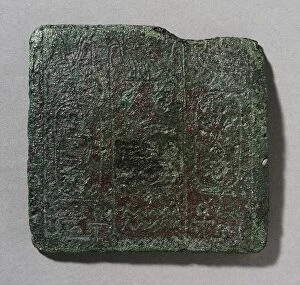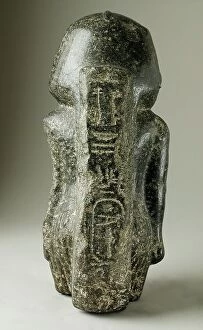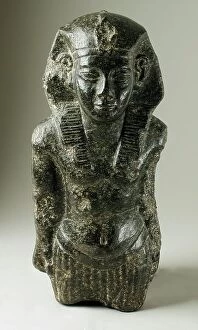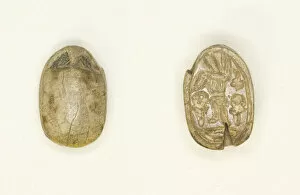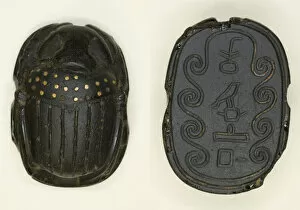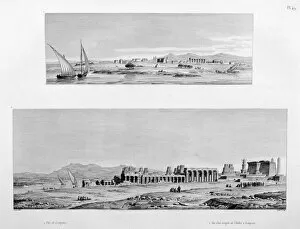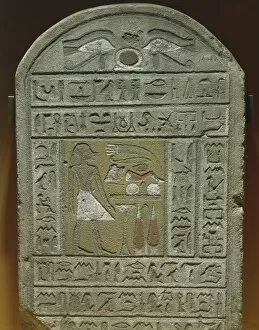13th Dynasty Collection
The 13th Dynasty of ancient Egypt, which reigned during the Middle Kingdom from about 2055-1650 BCE
For sale as Licensed Images
Choose your image, Select your licence and Download the media
The 13th Dynasty of ancient Egypt, which reigned during the Middle Kingdom from about 2055-1650 BCE, left behind a rich and diverse collection of artifacts that offer us glimpses into their culture and beliefs. One such artifact is the Amulet of a Female Sphinx, a symbol of power and protection. This intricate piece showcases the artistic skill and attention to detail that was prevalent during this time. Another notable item from this period is the Palette, believed to have been created during Dynasties 12-13 (about 1985-1650 BCE). Although its creator remains unknown, its significance lies in its depiction of scenes from daily life in ancient Egypt. The hieroglyphs on the Scarab further emphasize the importance placed on religious symbolism during this era. The Head of an Official sculpture provides insight into the ruling class's appearance and attire during Dynasty 13 (1773-1650 BCE). Its anonymity adds an air of mystery to this captivating piece. Meanwhile, the Deep Bowl with its vibrant red and black exterior separated by a white band represents Kerma beaker pottery style popular at that time. Moving away from objects, we are treated to stunning views captured in c1808 showing Luxor and the Temple of Thebes at Luxor. These images transport us back in time as we marvel at these architectural wonders still standing today. Stele of Pepi introduces us to an individual named chief potter who lived during Ancient Egyptian times in the 18th century BC. This stele serves as both a memorial for Pepi's achievements as well as a testament to his craftmanship. Kohl Jar with Lid offers insight into beauty practices prevalent among Egyptians during Dynasties 12-13 (about 1985-1650 BCE), highlighting their emphasis on personal grooming even thousands of years ago.


